Welding carriages are industrial equipment that automates welding and cutting operations.
For some people, they are considered the first step in the automation of manufacturing and metallurgical companies.
As in the case of robotics, using welding carriages can increase speed and improve efficiency in production plants.
This way, processes can be completed with greater quality and uniformity.
But, to get started with this topic, the first question to answer is what are welding carriages used for.
What are welding carriages used for?
Welding carriages are used regularly in some of the following applications:
- Shipbuilding
- Shipyards
- Tank Welding
- Structure Steel Fabrication
- Mining Industry
- Wind Tower Energy Industry
- Power Generation
- Oil and Gas Industry
- General Fabrication Industry
Nevertheless, we have seen many companies using welding carriages for a wide range of applications, adapted to their needs.
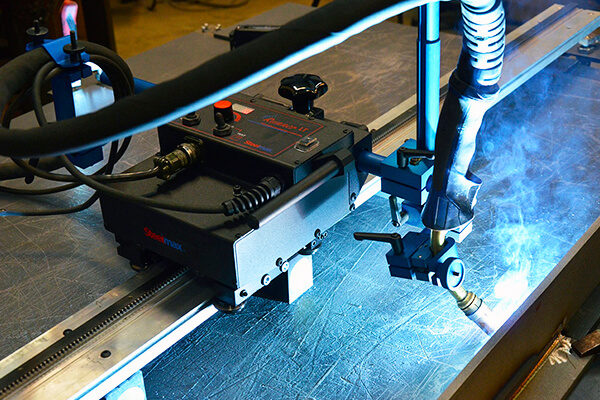
Actually, every day we come across new ways to use welding carriages in different applications, so it is very likely that you can find in our welding carriages a solution for your needs.
The main purpose of welding carriages is to save time and increase productivity when welding.
The idea behind welding carriages is to provide a constant open weld arc while traveling a straight line or large diameters.
These long welds, if done manually, would require the welder to constantly stop, reposition himself and re-start the welding operation.
But, when performed by a welding carriage the operation is done opening the welding arc a single time.
This way you can save time, be more productive, and decrease potential weld problems caused by constant stop and re-starts on the weld bead.
Some of the problems that can be found in the weld bead but can be fixed by using welding carriages are:
- Trapped slag
- Porosity
- Underfill
When do you need a welding carriage?
A welding carriage is most suitable for mechanizing long straight weld beads in general.
These long weld beads are usually needed when working on tanks, beams, large plate unions, etc.
Basically every long weld bead or long straight metal piece that needs to be put together is a good candidate to be welded using a welding carriage.
We distribute Steelmax products and they have a lineup of different welding carriages suitable for different applications and weld positions.
Are welding carriages the solution for your operation?
Many times, customers approach us with requests of their own, and we have been able to find a solution that suits them.
We have seen so many unique and different applications over the past few years that it is difficult to select just one to talk about.
Our aim is to find for their request a solution that helps them to increase productivity and achieve their goals in a short time.
So, even when you are not sure whether welding carriages can cope with your workload, we encourage you to contact us.
Let's use the new technologies
Automation is the present and the future
Most used welding carriages
Like in any other product category, among welding carriages there are some best sellers.
The Li’l Runner and Arc Runner are two of the most versatile welding carriages. Actually, is one of the favorites among our clients. We sell a lot of them.
That is because they can handle most of the welding applications made on flat, vertical or horizontal positions.
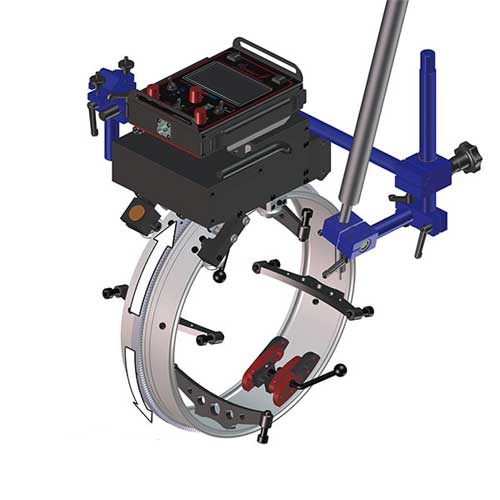
Rail Runner II Modular Welding Carriage w/ Linear Oscillation SM-WC-RR-II
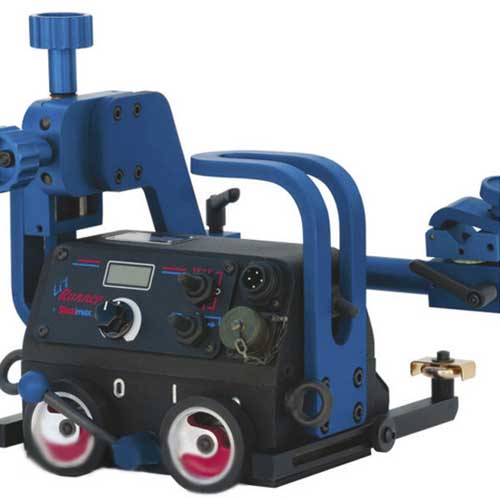
Li’l runner High-Speed Welding Carriage SM-WC-LR-HS
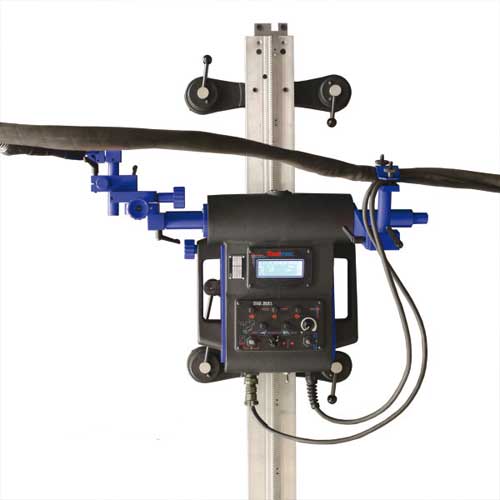
Original Rail Runner Welding Carriage w/o Oscillation SM-WC-RR-WO
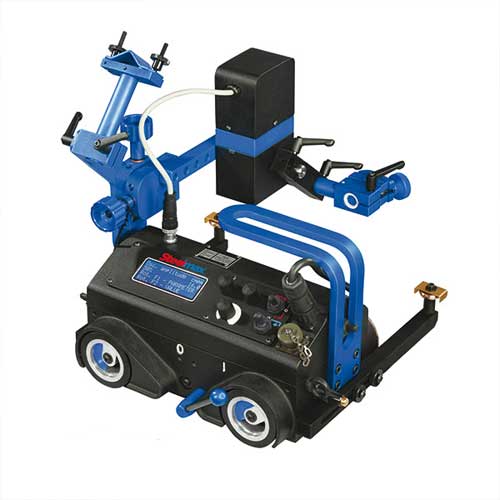
Arc Runner Programmable Welding Carriage w/o Oscillator SM-WC-AR
Nevertheless, depending on your welding application, you may need something else.
We also have the Rail Runner family of welding carriages which brings a lot of value and differentials when we talk about vertical or overhead position weld in general.
The power and precision, besides its main differentials like integrated weld oscillation, seam tracker system, remote control, etc. make them great selling carriages as well.
Other equipment needed when using welding carriages
Of course, welding carriages can not work alone. Some other equipment is needed.
Steelmax products can be considered as modular systems that can be configured according to customer needs.
That is great news because this means that there will be always a solution to every operation’s needs.
Let’s say, for example, that we are welding tanks. In that case, we can add an oscillator, flexible rails, a pendant control, etc.
Also, a welding carriage is usually used with a welding machine (welding power source, wire feeder, welding torch, etc.).
The welding equipment used so far may not fill all the new requirements, because now welding will be constant, much more material will be deposited and more power and efficiency out of the power source will be required.
So, there is a lot that can be customized and complement the basic welding carriage.
But you don’t need to be afraid of these changes because we can help you out to set up all this new equipment needed.
How to implement welding carriages in the workshop
Every change in the production process can mean a delay because operators need to receive training and get used to the new way of doing things.
Depending on the application and the welding carriage selected, the training one operator may need can vary from a couple of days to a couple of weeks.
Some key factor in the training time needed is the expertise in welding that the operator may have.
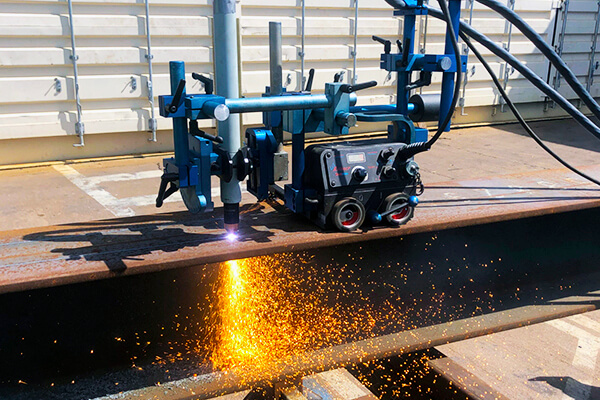
In general, welders who are used to welding manually can absorb and understand how to program and work with the welding carriages pretty fast.
You could be amazed to see them achieving notorious results and reducing welding costs as well in a short period.
Nevertheless, in a production line, the change in one operator job may have an impact on the entire workshop.
So, it is needed to set all the rest of the production line to the new circumstances, in order to work harmoniously.
Experience has shown that 4 to 6 weeks is the period to have welders trained and used to operate these new welding systems in the workshop.
After the getting used period, we see a lower downtime on welding preparation and welders getting the best out of the carriages.
When this period finishes, the company starts to see benefits from the welding carriages.
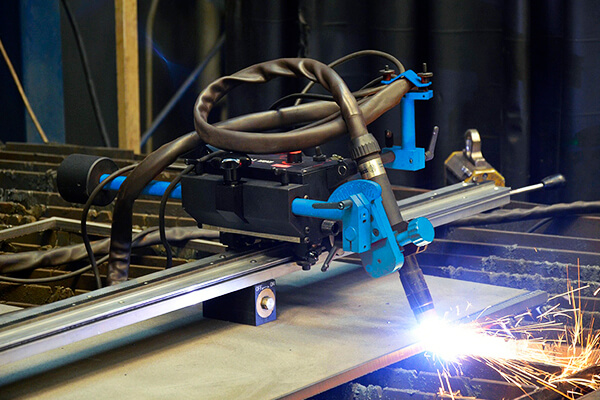
What about maintenance?
Maintaining and setting up on a daily basis a welding carriage is pretty simple, especially when the welder is already used to work with it.
In fact, the welding carriage doesn’t require any special tool to set it up.
If the carriage is most used on some specific operation it is most likely to be left ready to be used on the previous day, because it doesn’t require special handling or storage.
But even if it is the first time or we are going to use it in another application it should take about 5 – 15 minutes maximum depending on the welding carriage system selected to get everything ready to start and open a welding arc.
So, the set up should not be a concern. Neither the maintenance monetary cost.
We recommend basic maintenance -which includes cleaning- for the machine on a regular basis.
But even when these welding carriages have been working in hard conditions on the field, they strive to get the job done.
They nailed it because they are strong, robust equipment, designed for the long run.
Also, it is a fact that maintenance costs for these machines are really low.
After using welding carriages, what is the next step?
As stated before, having welding carriages can be the first step for automating production in the company.
On average, the ROI for welding carriages will be paid within months, in almost all models, all the time.
These carriages have become a great solution to increase weld productivity, deposition rates, decrease company costs, and production times with such a small investment.
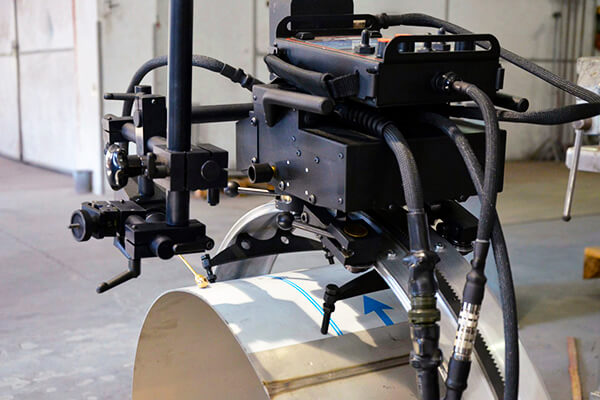
So, the logical next step could be adding more welding carriages, if it is appropriate for the operation.
The following step could be to install a complete automated solution for manufacturing purposes.
We also have experience in robotic welding, so we can lead your way there when needed.
We want and can help you define what is the welding carriage you need for your operation. Contact us at any time to receive more information.

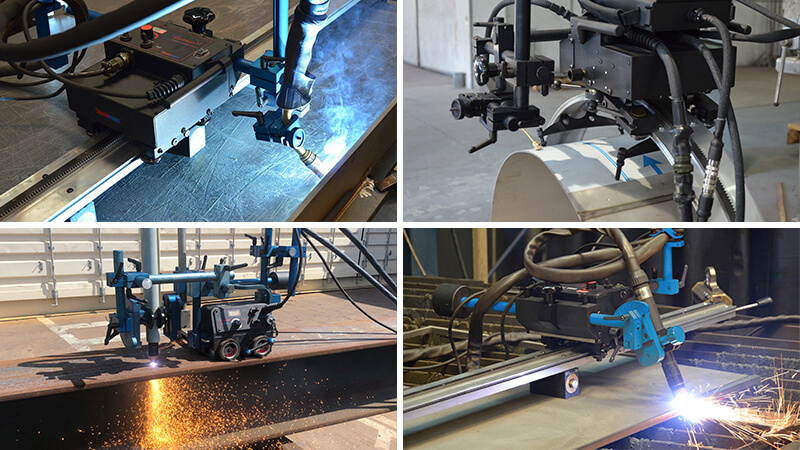




This Post Has 2 Comments
Dear Sir/Madam,
I would like to market SteelMax equipment in India.
Please let us know whom to contact for the same. I am ex-Gullco.
Regards,
Sure thing. Soon, one of our experts is going to contact you.